The NBA is known for its superstar talent. Only five players are on the floor at a time, and they play the majority of the game for their respective teams.
Basketball players also aren't covered by equipment like helmets, like they are in hockey and football. This makes the star power of NBA players arguably greater than that of stars in other sports. Basketball is a player-driven league, and the best of the best are always in the spotlight.
In order to accomplish true greatness in the NBA, players have to be on the hardwood for the vast majority of time. It is often said that the greatest ability is availability, and that has been proven by a player like LeBron James.
A number of records, including the all-time scoring record, belong to the player who ranks among the greatest players in NBA history because he has played longer than anybody else in NBA history.
Some players weren't so lucky, though. For these players, despite having immense talent, injuries took away what could have been truly incredible careers. When on the floor, these players were dominant, but they didn't play enough to be recognized amongst the truly greatest NBA players ever.
So check out the gallery to see the biggest what-if players in NBA history. This ranking isn't necessarily in order of the most talented players who had injuries, nor is it ranked to show the players with the best careers. Instead, the ranking is based off of which talented “what-if” players were most affected by injuries.
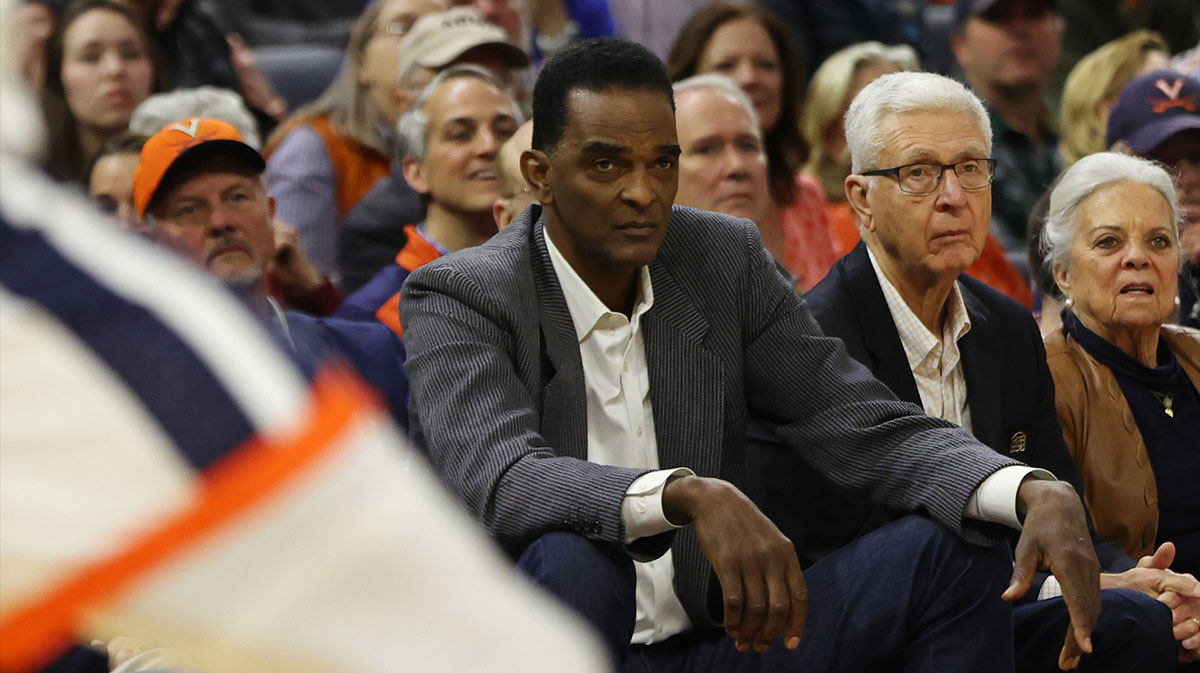
Ralph Sampson came into the NBA as one of the most highly touted prospects ever. The 7-foot-4 big man from Virginia was named the national college basketball Player of the Year three times because he could both block shots, and he had an impressive shooting touch.
Sampson dominated during his rookie season with the Houston Rockets after they selected him first overall. During that season, Sampson put up averages of 21.0 points, 11.1 rebounds, and 2.4 blocks per game.
The rebounds and blocks numbers were the best of his career, and he'd only score more points (22.1) during his second season. That season saw the Rockets draft another big man first overall. Hakeem Olajuwon formed a twin tower duo with Sampson that seemed unstoppable, especially because big men ruled the sport at the time.
Olajuwon's presence allowed the Rockets to play Sampson at the power forward position, which was a scary thought for opposing teams because he already towered above everybody.
Sampson and Olajuwon's pairing worked for a while. The Virginia product made the All-Star Game in each of his first four seasons, and he even helped get the Rockets into the NBA Finals in 1986. However, Sampson's numbers dropped each year he was in the league largely because injuries took their toll.
He only lasted four years and change in Houston before closing his career out as an often-hurt bench player with the Golden State Warriors, Sacramento Kings, and Washington Bullets. Sampson did next to nothing with those other programs, and he was out of the league completely after his age-31 season, which was just his ninth year in the league.
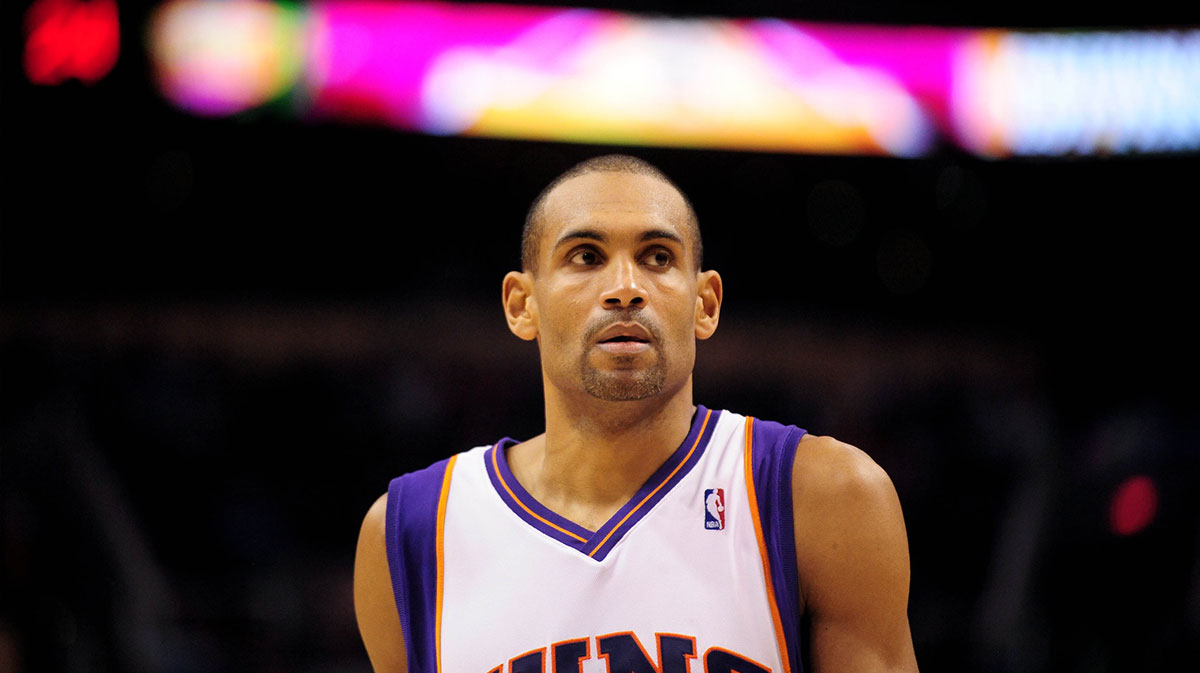
If the Portland Trail Blazers aren't the most cursed NBA franchise when it comes to injuries, then the Orlando Magic are. Hill is one of the three players on this list of the biggest what-ifs in NBA history who spent a good chunk of his career in Orlando. An ankle injury was the source of Hill's problems.
Prior to the injury that altered the trajectory of his career, Hill was one of the best players in the NBA with the Detroit Pistons. He made the All-Star team every season that he was in Detroit, excluding the 1998-99 season that didn't have an All-Star Game, and he averaged as many as 25.8 points per game in 1999-00.
After that breakout season, Hill signed with the Orlando Magic. He hurt his ankle just four games into his tenure with his new team, and he played in only 43 games over the three seasons to follow. An MRSA infection from one of Hill's many ankle surgeries even put the forward's life at risk.
The Duke product always bounced back, though, and he ended up playing until he was 40 years old. Hill played in 12 seasons after originally hurting his ankle, but he only averaged 13.1 points per game in those seasons. He was a shell of his former self, and had it not been for the ankle issues, Hill likely would have become one of the greatest scorers in NBA history.
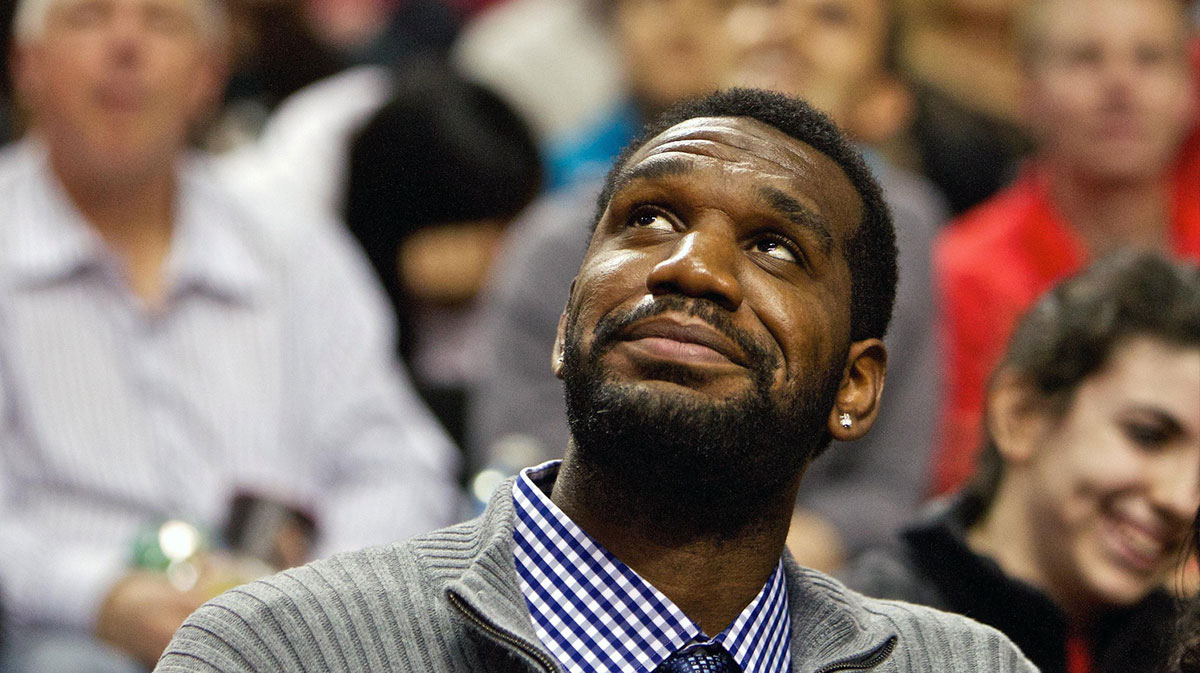
Greg Oden is often considered the biggest NBA Draft bust ever, but it wasn't really his fault. The center from Ohio State had all of the potential in the world, which is why the Portland Trail Blazers drafted him first overall in 2007.
Oden was such an elite prospect that the Blazers took first overall over Kevin Durant, who was the first freshman to ever be the national college basketball Player of the Year.
Oden's career basically ended before it even had a chance to get going. He missed all of his would-be rookie year because of right knee surgery, and that was just the start of a long list of lower-body injuries that would plague him.
Oden played in 61 games as a rookie, but he played with a minutes restriction. He was then limited to 21 games in year two. Foot injuries that were compounded by weight issues led to the lack of court time. Oden would then miss three straight seasons before making a brief return with the Miami Heat in 2013-14.
All in all, injuries limited Oden to 105 total NBA games, only 66 of which he started. He was a gifted interior scorer, but he never got to show it at the NBA level. The reason Oden doesn't rank higher on this list despite being arguably the most affected by injury is because fans saw him so little that it couldn't be concluded that he would have been an NBA legend without injuries.
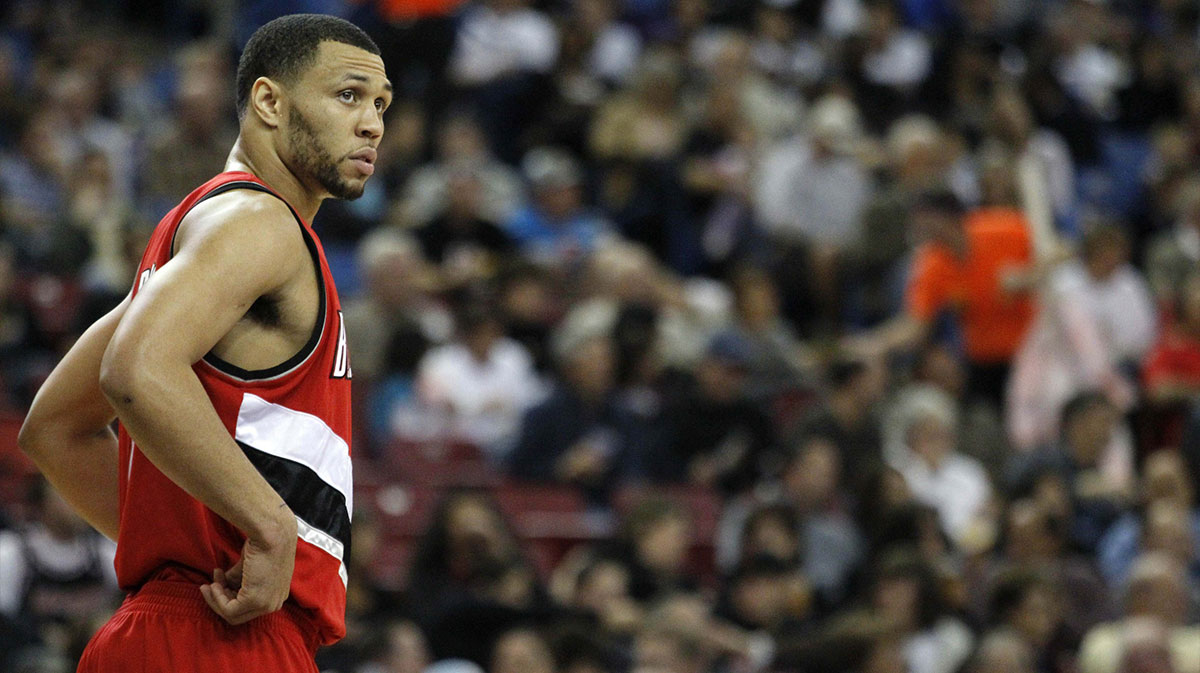
Yet another Trail Blazers player, Brandon Roy, played in Portland at the same time as Oden, so the two, along with LaMarcus Aldridge, could have created something truly special. Instead, the team as a whole was a what-if. Roy combined athletic superiority with unmatched shot-making, and he was in MVP conversations by his third season in the league.
However, Roy had a degenerative issue with his knees that forced him into retirement after only five seasons. He attempted a comeback with the Minnesota Timberwolves, but that only lasted five games. Roy was an All-Star in all three of his semi-healthy seasons, so the sky was truly the limit for what he could have become if the knee issue didn't force him into early retirement.
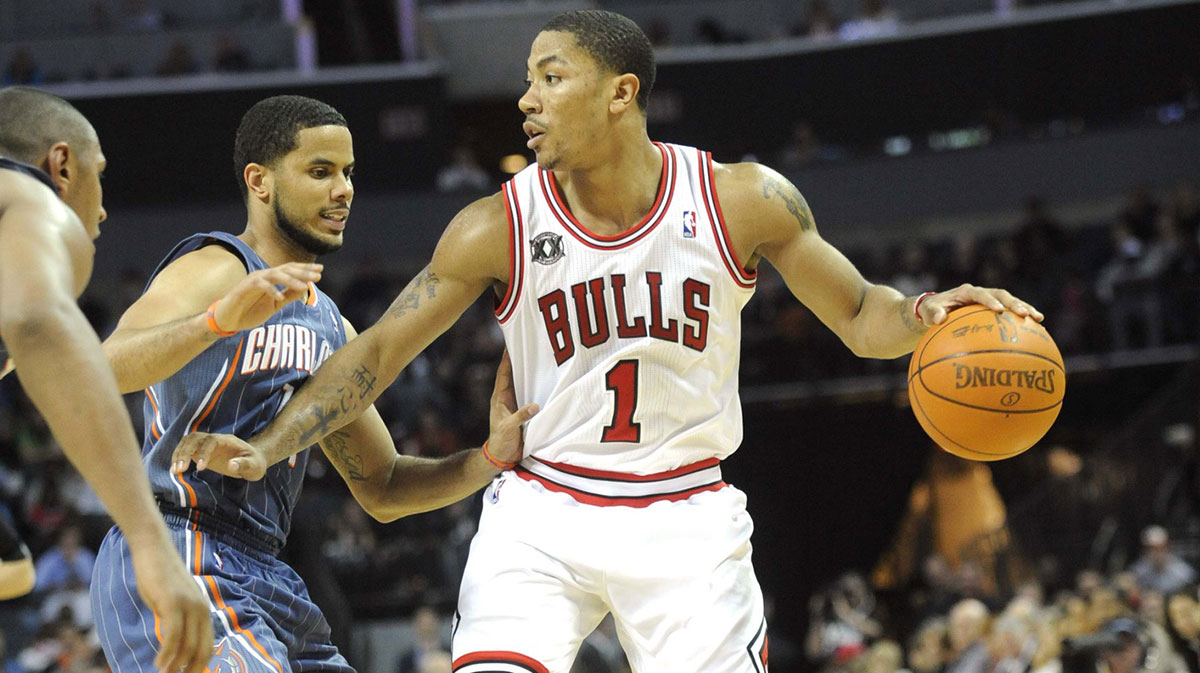
Derrick Rose was the youngest MVP in league history, winning the NBA's most prestigious individual award at just 22 years old. While some will claim that Rose was an undeserving MVP, he hadn't even reached what should have been his peak by that point. Rose's won his MVP in the middle of LeBron James' four MVPs in five seasons.
The point guard should have flourished with the Chicago Bulls for the next decade-plus. Instead, Rose tore his ACL just a season after winning MVP. Rose missed all of his fifth season, and he wasn't the same player when he came back. Rose's game was predicated on elite athleticism, but the injury sapped his incredible speed and explosiveness.
Other lower-body injuries plagued Rose throughout his career, including a meniscus injury in 2013. The point guard never again averaged 20 points in a season after the ACL tear derailed his career. To Rose's credit, he lasted quite a while in the league, which is why he doesn't rank higher on this list.
He had a 15-year career, and Rose didn't retire until after the end of the 2023-24 season. He even scored 50 points in 2018-19 with the Minnesota Timberwolves. Rose was so great at such a young age that the expectation for his career was that of greatness, though. Instead, he spent a lot of his career in street clothes and most of the back half of his career coming off the bench.
Related NewsArticle continues below
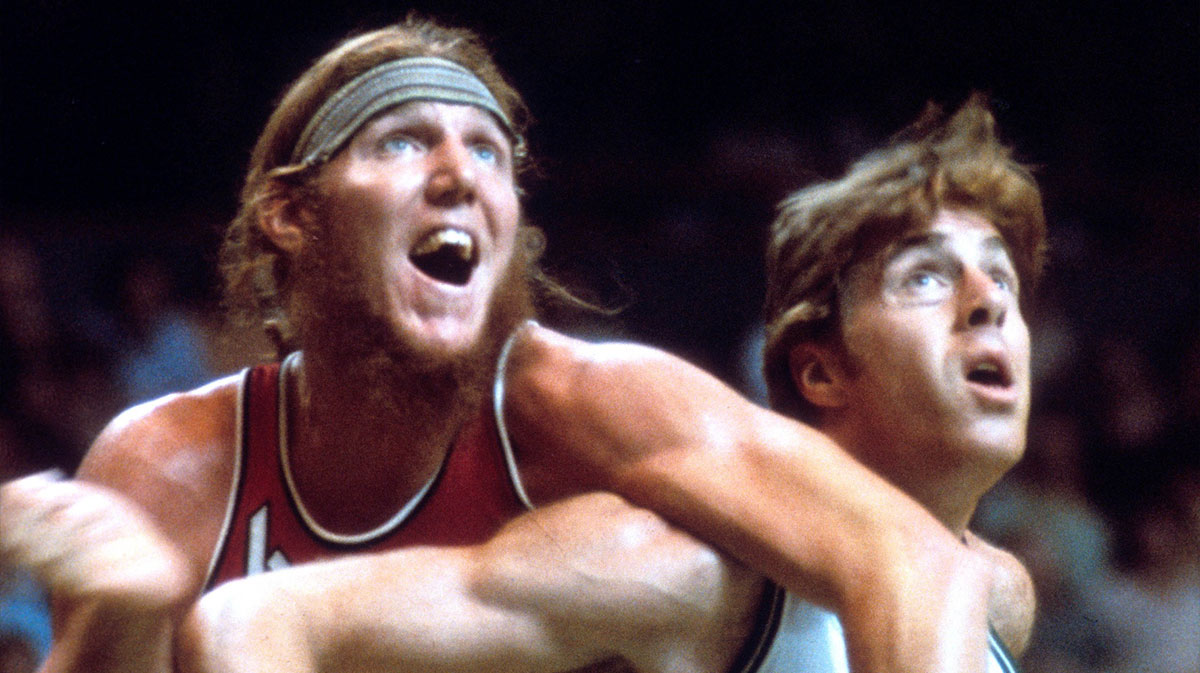
Oden and Roy weren't the only Trail Blazers draftees who struggled with injuries. Bill Walton also missed extended periods of time because of the injury bug, although he accomplished quite a lot before his feet let him down. Walton led the Blazers to their only championship, and he won an MVP the very next season.
This came after one of the greatest college basketball careers ever. Walton won two NCAA championships and received the college basketball Player of the Year award thrice with UCLA. Walton brought winning to the table, but his NBA career took a turn for the worse before he could even reach his full potential.
After his MVP-winning season, Walton never played for Portland again. He missed all of the 1978-79 season and demanded the Blazers trade him due to improper medical treatment.
Walton's numbers fell off of a cliff with the San Diego Clippers, and although he eventually had a slight resurgence and won another championship with the Boston Celtics, he was only a bench player on Larry Bird's teams. Walton did win a Sixth Man of the Year award in Boston, but he fell quite far from being arguably the best player in the NBA.
Walton missed four complete seasons in total. He also only played in 468 out of a possible 1,148 games because of the 37 orthopedic surgeries he went through in total.
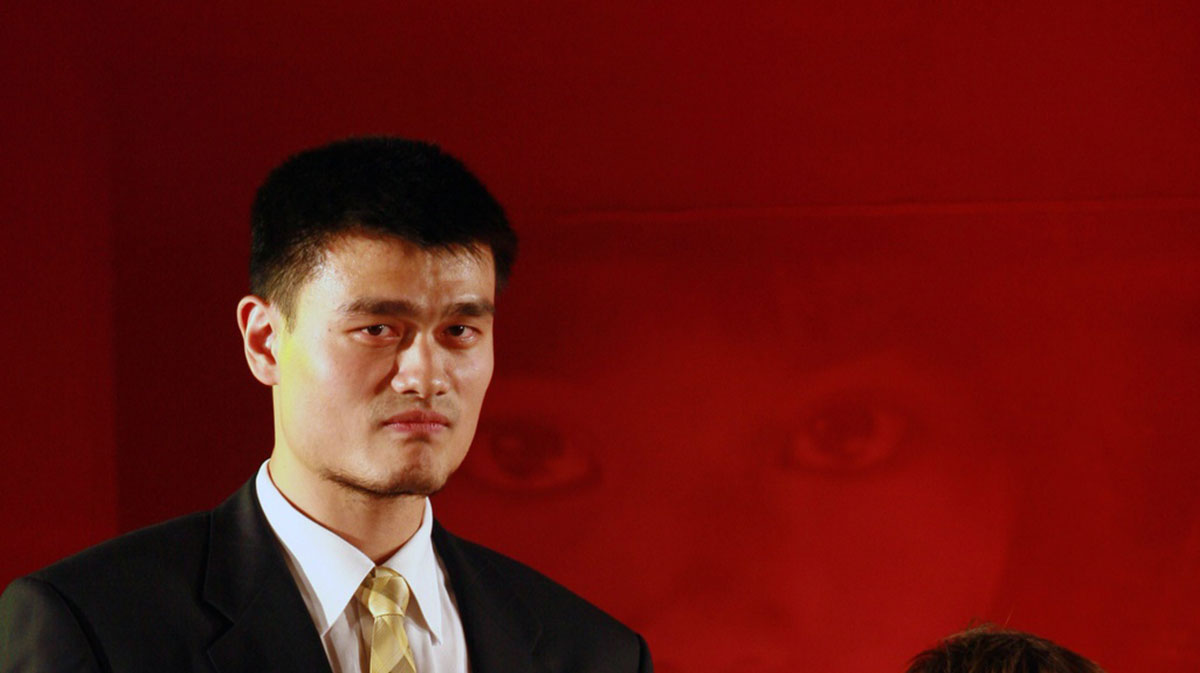
Yao Ming made the All-Star Game every season of his career. Unfortunately, that career only lasted eight seasons. Ming was 7-foot-6, but he could actually hit a jumper with nice touch. The greatest Chinese player ever was a force when he was on the floor, but foot and ankle injuries forced him into an early retirement.
Ming averaged 19 points and 9.2 rebounds over the course of his career. Ming spent time teaming up with another player on this list, but more on that later. The big-bodied player was a man amongst boys, and injuries were truthfully the only thing that really slowed him down.
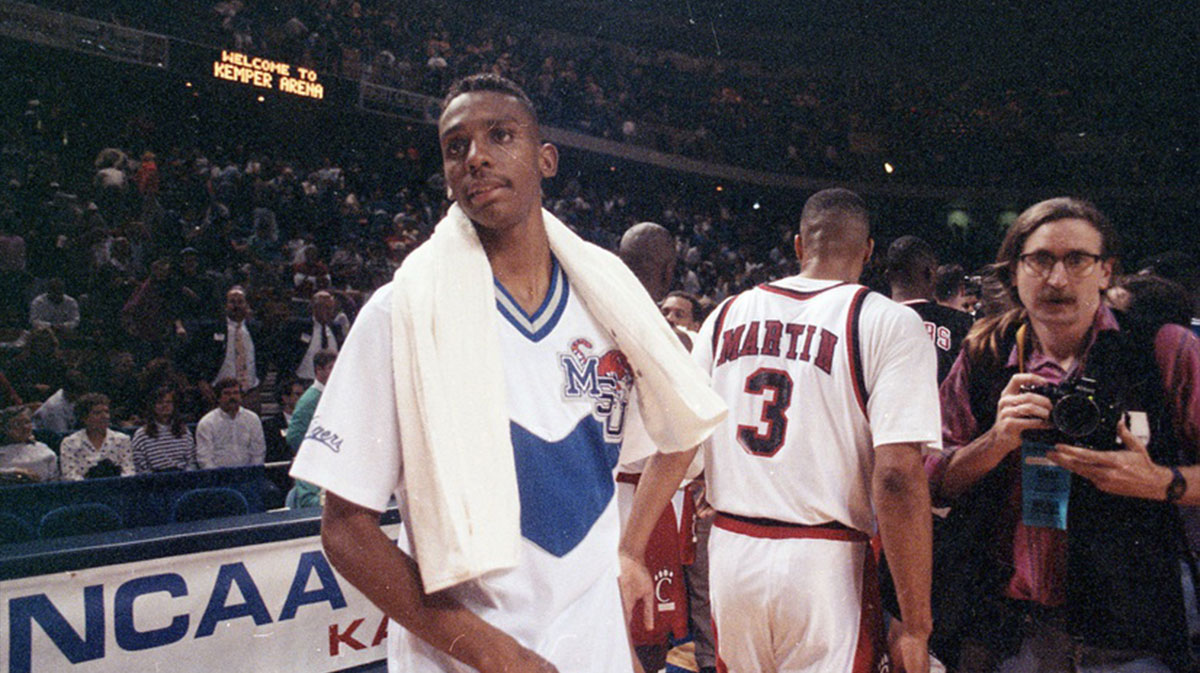
Shaquille O'Neal and Penny Hardaway could have been a duo as notable as Shaq and Kobe, but Hardaway struggled with injuries and became a huge what-if, and O'Neal left the Orlando Magic for the Los Angeles Lakers.
Hardaway was built in the mold of Magic Johnson as a jumbo point guard with advanced playmaking feel. He brought the flash, joy, and marketability that Johnson had when leading the Showtime Lakers, too.
The guard stuffed the stat sheet and threatened to record a triple-double every night. Hardaway and O'Neal did make it to the NBA Finals, and they even beat Michael Jordan and the Chicago Bulls after Jordan returned from baseball to get there. This was the only time that Jordan lost a playoff series in the '90s.
Despite knee issues, Hardaway ended up having a 14-year career, but he was never the same player after his knee started giving him fits and after O'Neal left for the Lakers.
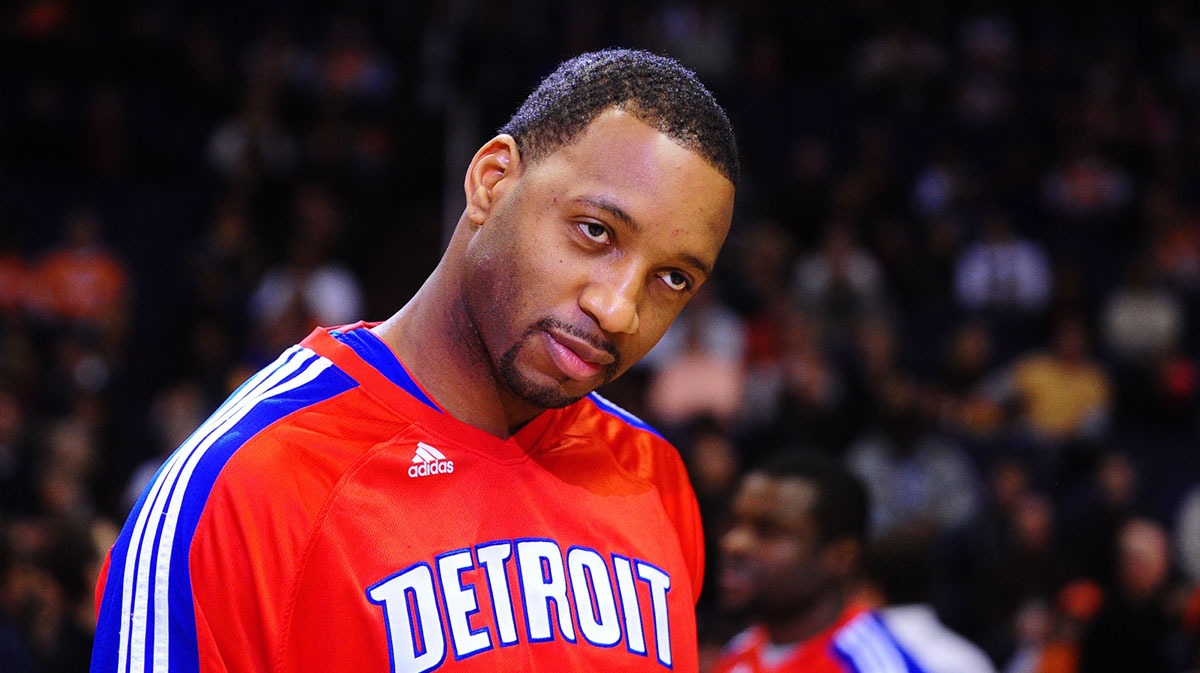
Tracy McGrady was one of the purest scorers ever in the game of basketball, evidenced by his 32.1 point-per-game season in 2002-03. At 6-foot-8 with a silky smooth jump shot and elite athleticism, McGrady was just about the perfect basketball player, but he never reached his full potential because of injuries.
McGrady's greatness was most on display when he scored 13 points in just 35 seconds in a comeback victory, which included the game-winning shot against the San Antonio Spurs. Unfortunately, McGrady never won a playoff series outside of his final season when he only saw action in garbage time.
The fact that his star teammates struggled to stay on the floor as well compounded his injury woes. Ming and Hill were both teammates of McGrady's. Ultimately, T-Mac had all of the talent in the world, but he is a massive what-if player because he couldn't win in the playoffs, and injuries played a big part in that lack of postseason success.
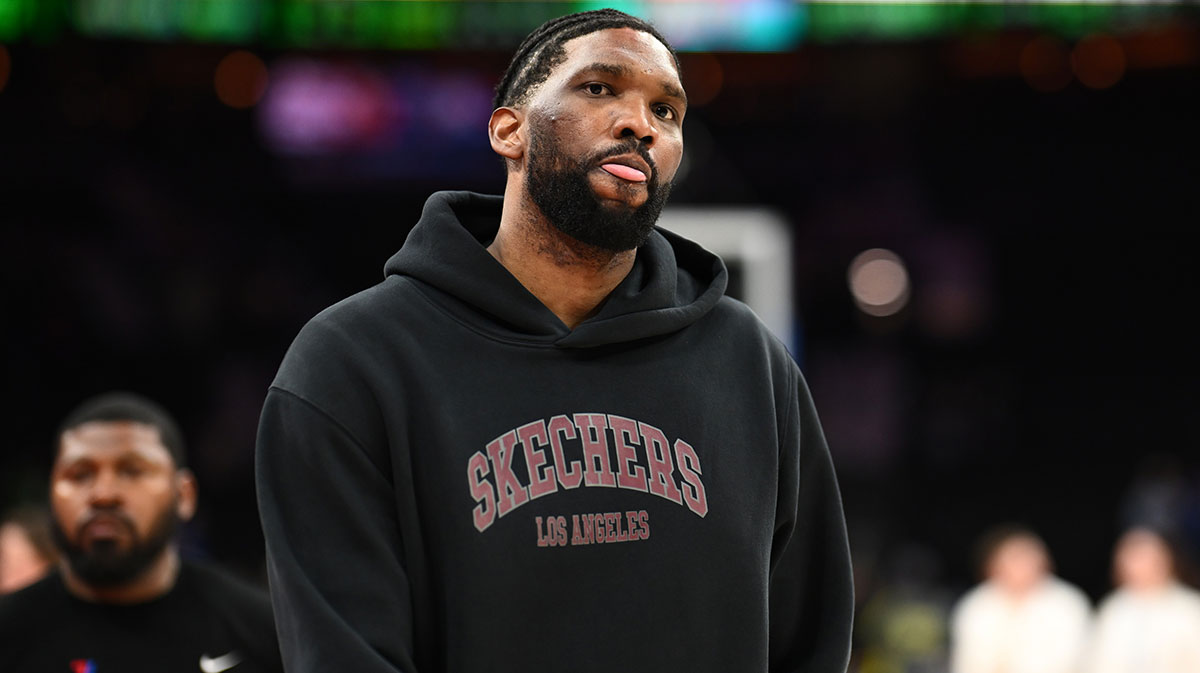
The only current player on this list is Joel Embiid, so the Philadelphia 76ers big man technically has time to buck the injury bug and turn his career around. The Sixers drafted Embiid third overall in 2014. He missed each of his first two seasons, but “The Process” was underway in Philadelphia.
The 76ers' rebuilding philosophy that included lots of tanking and lots of high draft picks never really worked out, though, and Embiid's inability to remain healthy was a big reason why. Even after missing back-to-back seasons, Embiid has never been able to put together a fully healthy season. In fact, Embiid has only suited up for 452 of a possible 902 games during his career.
When he has been healthy, it is obvious that he is a serious talent. Embiid does things that centers shouldn't be able to do, which is why he won the MVP and prevented Nikola Jokic from four-peating. Embiid has twice led the league in scoring, but he is always hurt at the wrong time. Additionally, anytime Embiid tries to battle through the pain, it only made things worse.











